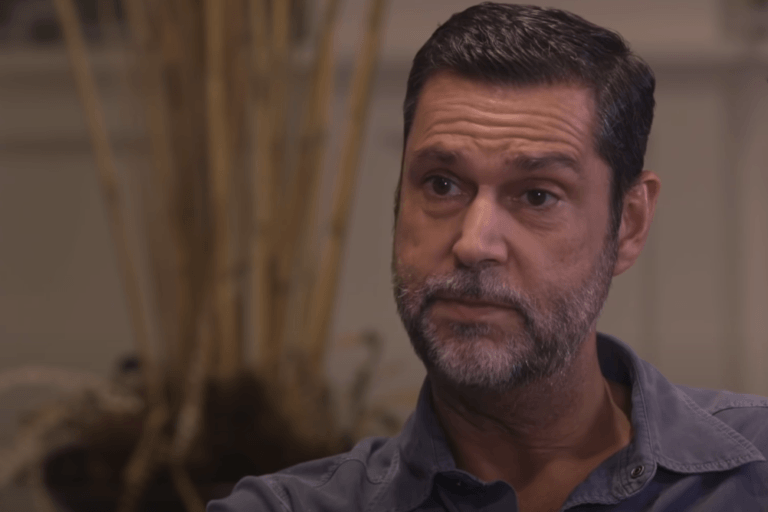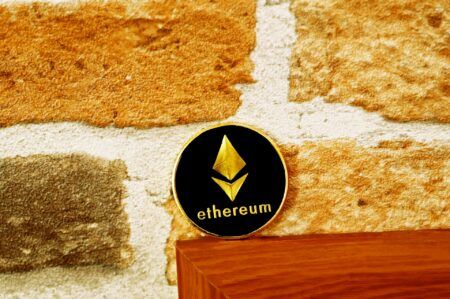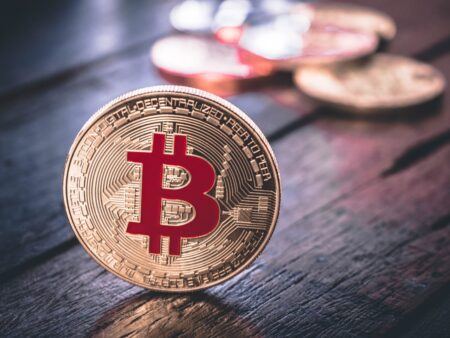In the April 2020 issue of the “Global Macro Investor” (GMI) newsletter, former macro hedge fund manager Raoul Pal explains why he believes that Bitcoin, which he calls “the future”, could have a $10 trillion valuation in the future.
Prior to founding macro economic and investment strategy research service GMI in 2005, Pal co-managed the GLG Global Macro Fund in London for global asset management firm GLG Partners (which is now called “Man GLG”). Before that, Pal worked at Goldman Sachs, where he co-managed the European hedge fund sales business in Equities and Equity Derivatives.
Also, currently, Pal is the CEO of finance and business video channel Real Vision, which he co-founded in 2014.
The latest issue of GMI’s monthly research report was released to the public on April 22:
My April Global Macro Investor was one of the most important I have ever written. It provides a framework that I have been building for many years and helps give you ideas of how to navigate what is going on. I’ve made it free for anyone. I hope it helps.https://t.co/ZituwplWIb
— Raoul Pal (@RaoulGMI) April 22, 2020
In this report, Pal talks about the economic risks posed by the COVID-19 pandemic — which he calls “the biggest event of all of our lifetimes” — and what individual and corporations can do to protect themeselves.
Pal believes that his predictions for the future will take place in three stages:
- he liquidity phase (i.e. “the panic”)
- the correction phase (i.e. “the hope”)
- the “brutal phase that changes everything” (i.e. “the insolvency”)
For the purpose of this article, we are going to focus on the section of this 120-page report that talks about gold and Bitcoin, which he considers the only two assets that can protect investors from the risk of the potential gradual collapse of “our current financial architecture.”
As far as gold is concerned, Pal says that it will continue to perform well across all fiat currencies, and that it will “massively outperform equities.”
Pal thinks in the next 3-5 years, the value of gold could increase by three to five times.
With regard to Bitcoin, he believes that the price could reach $1 million in the same period and that Bitcoin could be a “$10tn asset class.”
Here is Pal explaining why the idea of a $10 trillion valuation for Bitcoin is not so crazy:
“After all, it isn’t just a currency or even a store of value. It is an entire trusted, verified, secure financial and accounting system of digital value that can never be created outside of the cryptographic algorithm.
“It is nothing short of the future of our entire medium of exchange system, and of money itself and the platform on which it operates.”
Furthermore, Pal says that even if Bitcoin goes lower first, that is “good” because it gives us an opportunity to buy more of it.
Pal then goes on to say:
“I think this is the biggest trade of our lifetimes and just at the time when we need it the most… We all need to have Bitcoin.”
Here is how Pal is currently aiming to allocate his liquid assets:
- 25% for “trading instruments”
- 25% for cash (only USD)
- 25% for gold
- 25% for Bitcoin
It is worth keeping in mind that Bitcoin’s next block reward halving is expected on 12 May 2020, i.e. in less than 18 days from now.
This is what block reward halving means for Bitcoin:
- every ten minutes, a new Bitcoin block is mined;
- at every block reward halving, the reward for mining new blocks is halved, i.e. 50% fewer bitcoins are generated by the network;
- block reward halvings are scheduled to occur every 210,000 blocks, i.e. approximately every four years, until Bitcoin’s hard cap (or maximum supply) of 21 million bitcoins has been reached.
Bitcoin’s last block reward halving occurred on 16 July 2016; this was when the block reward was reduced from 25 BTC to 12.5 BTC.
Yesterday, Messari co-founder Dan McArdle made an interesting observation regarding Google search interest in “bitcoin halving”:
“bitcoin halving” search volume now exceeds 2016 peak, with 2.5 weeks to go: pic.twitter.com/4cc63w4P16
— Dan McArdle (@robustus) April 23, 2020
Recently, perhaps partly in recognition of the upcoming Bitcoin Halving 2020 event, Jack Dorsey, who is co-founder and CEO of Twitter, the founder and CEO of Square, and a huge fan of Bitcoin, modified his Twitter profile so that his bio now just contains one word: Bitcoin”:

According to data from CryptoCompare, Bitcoin is currently (11:17 UTC on April 24) trading around $7,517, up 6.2% against USD in the past 24-hour period:










